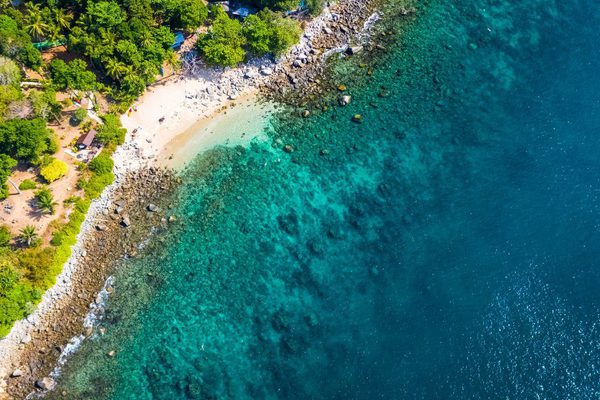Japan Trip Inspiration
Speak to a Japan expert today
Start planning your dream Japan holiday today

Nia
Travel Expert

Can't decide where to go? Why not peruse some of our most popular destinations for inspiration then give us a call!

A diverse land brimming with superb safaris, pristine sandy beaches, towering snow-capped peaks and tropical underwater worlds is just waiting to welcome you

Australia offers vibrant cities, diverse landscapes, and iconic wonders like the Great Barrier Reef. New Zealand adds dramatic scenery, Maori culture, and relaxed charm. Together, they promise nature, adventure, culture, and warm hospitality.

If you're dreaming of an island getaway, look no further than the Caribbean with its gorgeous soft sand beaches and lively, diverse cultures.

Head to the amazing destination that is Central America, full of the knowledge of ancient civilizations, incredible mountains, and beautiful beaches.

Discover vibrant cultures, pristine beaches, and tantalizing flavours in the captivating travel haven that is East and Southeast Asia

Embark on a journey through the vibrant tapestry of India, Sri Lanka, and Bhutan—where ancient temples, lush tea plantations, and soaring Himalayan peaks promise unforgettable moments at every turn.

Picture yourself basking on sun-kissed beaches, sipping tropical cocktails beneath swaying palms —where crystal-clear lagoons and luxurious resorts cater to your every desire.

Experience world-class hospitality, mouthwatering cuisines, and the region’s deep-rooted cultural traditions for an unforgettable Middle East adventure.

Venture to the ends of the Earth and behold the icy majesty of polar landscapes. Discover pristine solitude, exhilarating expeditions, and breathtaking views that promise a memorable encounter with nature at its most dramatic
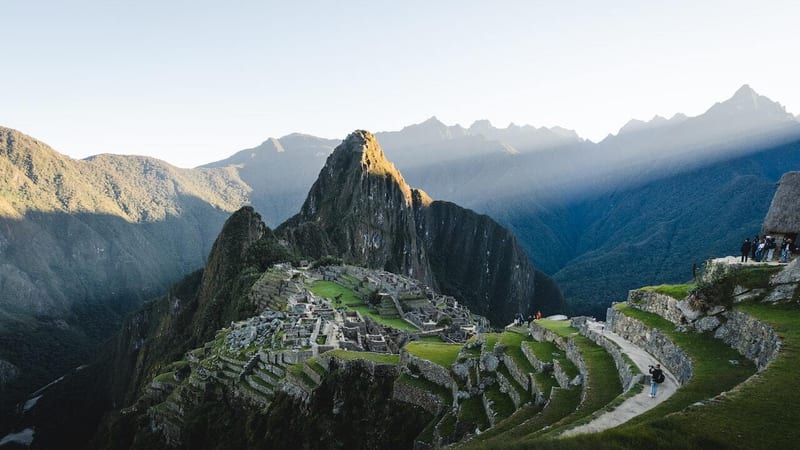
Journey into the heart of South America, where the rhythmic pulse of its vibrant cities meets the majesty of the Amazon rainforest and the timeless wonder of ancient civilizations.
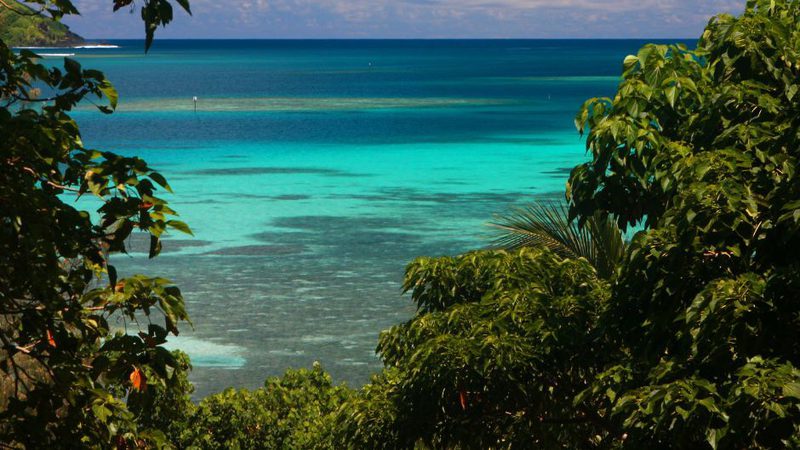
The South Pacific is a paradise of turquoise waters, white-sand beaches, and vibrant island cultures. From adventure and natural beauty to pure relaxation, each island offers its own unique charm and welcome.
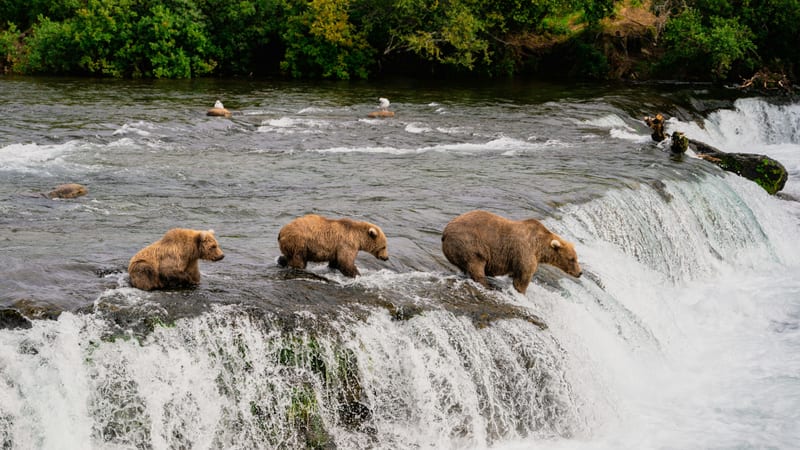
From the soaring plains of the Southwestern USA to the stunning landscapes of the expanses of Canada, visit some of the most impressive scenery in the world

If you are looking for a trip to knock iconic locations off your bucket list, check out our buck list recommendations

From the graceful stride of giraffes at sunrise to the echoing roars of lions beneath starlit skies, each of our safaris promises an unforgettable dance with nature.


Our family holidays are a perfect opportunity to create lasting memories, whether exploring new destinations or simply enjoying quality time together. From adventure-filled escapes to relaxing beach retreats, they offer a chance to reconnect and unwind away from daily routines.

Our luxury holidays offer the finest experiences, from exclusive resorts and private villas to tailor-made adventures with impeccable service.

For those seeking adventure beyond the usual tourist trails, our off-the-beaten-track trips take you to some of the world’s most remote and untouched destinations, where authentic cultural encounters and breathtaking landscapes await. Let us craft your unique journeys that few travellers ever experience.

For the ultimate beach escape, we offer luxury holidays to some of the world’s most stunning coastal destinations, from the white-sand shores of Antigua to the turquoise waters of Zanzibar.

For those who crave excitement and exploration, our adventure holidays take you to some of the world’s most thrilling destinations, whether trekking through Patagonia, summiting Mount Kenya, or kayaking past icebergs in Antarctica.

Interested in something a bit more focused? How about a horse-riding holiday through Argentina? Or a photography safari? Look through our Special Interest holiday selection for inspiration

Our wildlife holidays invite you to step into unique ecosystems and experience amazing animal encounters. Whether spotting majestic tigers in the jungles of India or marvelling at polar bears in the Arctic, each trip promises awe-inspiring moments steeped in the magic of nature.

Our small group tours offer the perfect balance of expert-guided exploration and personal experience, taking you to incredible destinations with like-minded travellers. Whether it's a wildlife safari in Botswana, a cultural journey through Vietnam, or a chef-led expedition through India, our carefully curated itineraries ensure an intimate, enriching, and hassle-free experience.

Sustainability travel is at the core of what we do and a guiding principle in every choice we make as a business. Let us help you make sustainable travel choices

Read about what we do to make a difference

One of the most important parts of our commitment to responsible travel is protecting our clients, and it is a part that we take extremely seriously.
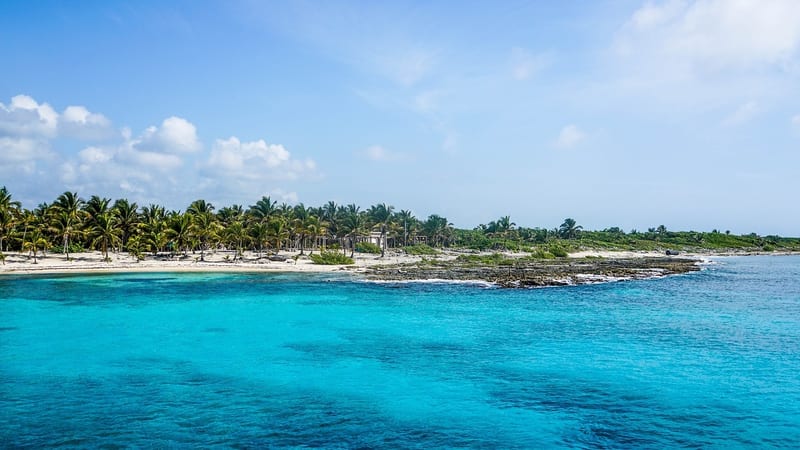
Not sure what's best for which time of year? Check out our expert-written guides

Looking for some expertise on your destination? Have a look through our selection of guides and articles written by our destination experts

Looking for more inspiration? Read from our range of hundreds of articles from our travel specialists, local guides, and personal travel tales.

Our mission is to make every holiday special. We will do this whilst specifically aiming to minimise the environmental impact of our activity and maximise our opportunity to influence others to do the same.
An expert guide to visiting castles in Japan. Japan's castles are iconic landmarks showcasing the nation’s feudal past and cultural heritage. Find out more in the blog.
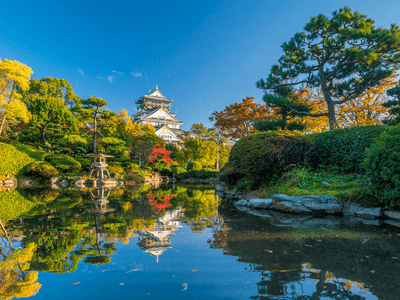
Japan's castles are truly remarkable attractions that offer visitors a rich and varied experience. These historic structures serve as windows into Japan's fascinating feudal past, allowing people to immerse themselves in the world of samurai, warlords, and epic battles that shaped the nation's history. The architectural brilliance of these castles is immediately apparent, with their imposing stone foundations, multi-tiered wooden structures, and intricate details that showcase the pinnacle of traditional Japanese craftsmanship and engineering.
Visiting these castles provides deep insights into Japanese culture, from military strategies and feudal social structures to artistic sensibilities reflected in the castles' designs and decorations. Many castles now house museums that offer a wealth of information on local history, samurai culture, and traditional arts and crafts, making them comprehensive cultural landmarks.
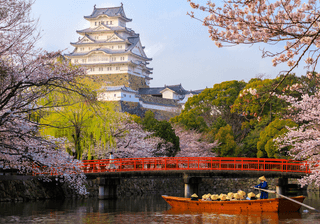
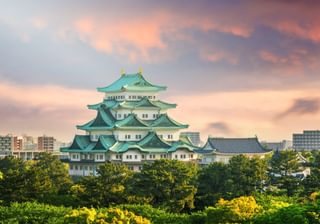
The strategic locations of these castles often afford visitors breathtaking views of the surrounding landscapes, cities, or waterways. This is particularly enchanting during cherry blossom season (around Spring) or Autumn, when the changing colours create stunning natural backdrops. The effort put into preserving or accurately reconstructing these castles allows visitors to step back in time and experience a more authentic representation of historical Japanese architecture.
For photography enthusiasts, Japanese castles offer endless opportunities to capture dramatic silhouettes, intricate architectural details, and the harmonious blend of man-made structures with natural surroundings. The contrast between these ancient fortresses and the modern cityscapes that often surround them creates a visually striking juxtaposition of old and new Japan.
Many castles enhance the visitor experience with guided tours, interactive exhibits, or opportunities to engage with traditional cultures, such as trying on samurai armour or participating in tea ceremonies. These hands-on experiences make history come alive and create lasting memories for visitors of all ages.
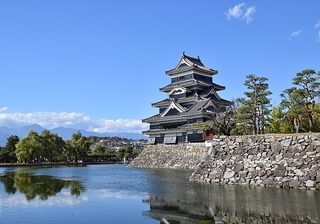
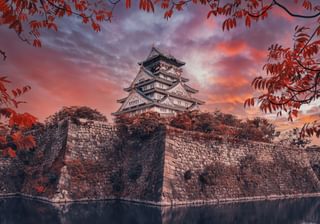
Some castles are steeped in local legends or have spiritual significance, adding an extra layer of mystique to the visitor experience. Unique features like Nijo Castle's nightingale floors or the advanced defensive designs of Himeji Castle demonstrate the ingenuity and attention to detail characteristic of Japanese architecture.
In essence, visiting Japan's castles offers a journey through time, a lesson in architecture and military strategy, a cultural immersion, and an opportunity to appreciate the beauty of both human craftsmanship and natural surroundings. These magnificent structures stand as proud reminders of Japan's rich heritage and continue to captivate and inspire visitors from around the world. Below we look at seven of the best to visit, in no particular order.
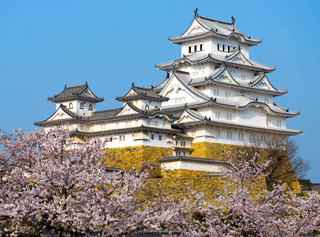
Himeji Castle, also known as White Heron Castle due to its elegant, white exterior, stands as a crowning achievement of Japanese architecture. Located in Himeji, Hyogo Prefecture, this UNESCO World Heritage site dates back to the 14th century, though its current form was completed in the early 17th century. The castle complex spans 576 meters from east to west and 546 meters from north to south, comprising 83 buildings with advanced defensive systems. Its brilliant white plastered earthen walls seem to float above the surrounding city, resembling a heron taking flight. The castle's keep is a seven-story structure, standing 46.4 meters tall, with intricate roofs, decorative ridge-end tiles, and fish-shaped roof ornaments called "shachihoko." Himeji Castle's defensive design includes maze-like paths, hidden gates, and numerous arrow loops and stone-dropping windows, making it a formidable fortress in its time.
See Tokyo and Kyoto in style trip
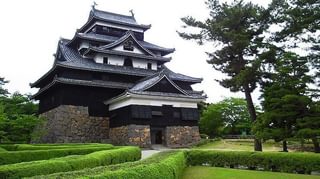
Matsumoto Castle, situated in Nagano Prefecture, presents a striking contrast to Himeji with its black exterior, earning it the nickname "Crow Castle." Built in the late 16th century, it's one of Japan's premier historic castles and the oldest five-story castle tower. Unlike many Japanese castles built on hills or mountains, Matsumoto Castle was constructed on a plain, surrounded by a triple moat for protection. Its unique timber and stone structure features steep wooden stairs, openings to drop stones onto invaders, and gun emplacements, showcasing the transition from arrow warfare to firearms. The castle's moon-viewing room on the third floor offers beautiful views of the moon reflecting on the moat's surface.
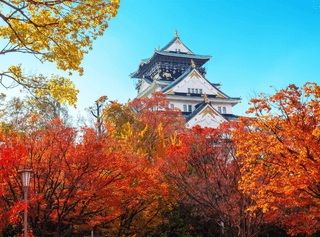
Osaka Castle, while largely a concrete reconstruction of the original, holds immense historical significance. The castle played a major role in the unification of Japan during the sixteenth century of the Azuchi-Momoyama period. The current structure, built in 1931 and refurbished in 1997, still impresses with its massive stone walls and gold-leaf trim. The castle tower is five stories on the outside and eight stories on the inside, housing a museum that details the castle's history. The surrounding Osaka Castle Park is particularly beautiful during cherry blossom season.
See Hot Spring Heaven trip
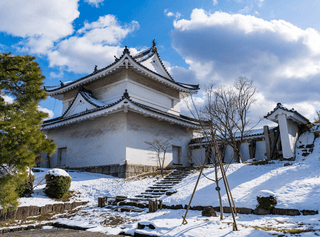
Nijo Castle in Kyoto, built in 1603, was the Kyoto residence of Tokugawa Ieyasu, the first shogun of the Edo Period. Its architecture exemplifies the social and political conditions of Japan's feudal era, making it a UNESCO World Heritage site. The castle is famous for its "nightingale floors," designed to chirp like birds when walked upon, serving as a security measure against intruders. The castle consists of two concentric rings of fortifications, each containing a palace. The Ninomaru Palace is particularly noted for its exquisite interior decorations and painted sliding doors.
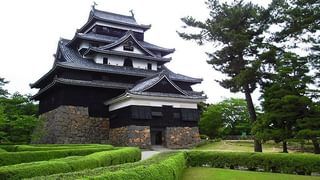
Matsue Castle, located in Shimane Prefecture, is one of only 12 original castles remaining in Japan. Completed in 1611, it's an excellent example of a feudal castle, with a complex network of walls, moats, and turrets surrounding its five-story tenshu (keep). The castle is nicknamed "plover castle" due to its wing-like shape resembling a bird taking flight. Inside, visitors can explore the dark, wooden interior and see displays of samurai armour and weapons. The top floor offers panoramic views of Lake Shinji and the surrounding city.
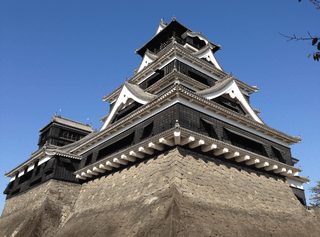
Kumamoto Castle, situated on a hilltop in Kumamoto City, is considered one of Japan's three premier castles, alongside Himeji and Matsumoto. Although significantly damaged in the 2016 Kumamoto earthquakes, restoration efforts are ongoing, and parts of the castle remain open to visitors. Originally constructed in 1467 and rebuilt in 1600, the castle is renowned for its imposing black exterior and unique stone walls called "musha-gaeshi," designed to prevent enemies from climbing them. The castle's history is closely tied to the legendary samurai Kato Kiyomasa, and many of its defensive designs reflect his strategic brilliance.
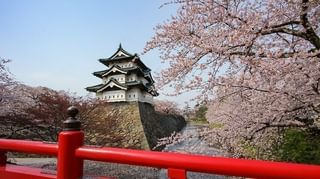
Hirosaki Castle, located in Aomori Prefecture, is celebrated for its beautiful cherry blossoms in spring, with over 2,600 cherry trees in its grounds. Built in 1611, it's a classic example of a castle with its original stone walls intact. The three-story castle tower, though small, is original and houses an interesting museum. The castle grounds include three concentric moats and earthen fortifications, along with five castle gates and three corner watchtowers. Hirosaki Castle is unique in that its main tower was moved 70 metres in 2021 to allow for restoration of its stone foundation, a feat of modern engineering applied to historical preservation.
Each of these castles offers a unique glimpse into Japan's feudal past, showcasing the architectural ingenuity, strategic designs, and cultural significance of these historical structures. They stand as testaments to Japan's rich history and continue to captivate visitors with their beauty and stories.
Start planning your dream Japan holiday today

Travel Expert
What can I say….my son and myself had the most wonderful time in Kenya thanks to the first-class itinerary that Ben and Louise put together for us. We spoke with Ben many times to ensure he ‘got it right’. This was our 2nd visit to Kenya, and it certainly lived up to our expectations and memories. Nothing was too much trouble for all the staff; we cannot have been looked after any better. I would highly recommend Far and Wild; they are so knowledgeable and have personally visited the lodges and areas. We are already planning another visit, and we cannot wait.
I have just returned from the most amazing trip to Tanzania, booked with Far & Wild. Everything went so smoothly from the first time I spoke with them. The planning was great, the itinerary was perfect for us, and the lodges were amazing. We spent 10 nights with an amazing guide, travelling through Northern Tanzania and even got to see the migration, which was a lifetime ambition of mine. This wasn't our first safari, so we were nervous as to how it would compare, but it was spot on. I will certainly be using them again to book our next trip....we're thinking of a relaxing beach stay next time to get over the excitement of safari!
Just back from another amazing F&W organised trip to Namibia with the family (8 adults). Having been there before, Alistair tailored our trip to include our favourite locations and added a new one for us, which we loved.The quality of accommodation and guiding, activities, food and drinks was exceptional throughout. It was good value for the level of luxury we had.
We had a wonderful trip to São Tomé and Príncipe - a small island nation in the Gulf of Guinea with paradise (almost empty) beaches and jungle forest. It was all well organised by Far and Wild and we stayed at a great combination of different types of resorts/hotels. We really recommend this for those who want to experience a pristine destination with few other tourists and friendly and welcoming people. The islands also feel very safe. At Principe, there are no dangerous animals, snakes or whatever, and it was great to be able to hike in the jungle without being very conscious of where to put your hands and feet. Go before everyone else does!
Back home again, basking in the joys of a superb safari. Every aspect you arranged for us, including linking up with Mack Air and Wild Horizons locally to transport us. The choice of camps was ideally situated, comfortable, in good surroundings, and with excellent wildlife on the doorstep and throughout the wider country. The service staff in each looked after us very well, catering was excellent, and the game guides were professional, knowledgeable and helpful. You made us happy, and we recommend you to similar safari enthusiasts with confidence.
Far and Wild went above and beyond to make sure my trip to Zambia was special. I would definitely recommend them and their services to anyone wanting to travel to Africa.
Lovely holiday at the amazing Almanara on Galu beach, a beach like no other. Far and Wild excelled themselves from beginning to end of our holiday in beautiful Kenya.... What a country!,
Wow! These guys are amazing. Can’t recommend them highly enough. Friendly AND efficient! Sorted out our trip (last minute and lots of different family member needs, sorry!) in record time and everything worked like clockwork. Trip of a lifetime to the Masai Mara. Will be back (and use F&W again!)!
It was a dreamy holiday on the Kenyan Coast - Far and Wild, their efficiency and professionalism allowed us to relax and be the happiest family alive !! We cannot fault them, their care and understanding of what we wanted from a holiday ensured we had the most memorable trip. We will be booking with them again for sure!
Get travel tips directly to your inbox every week
Give us a call on 0203 111 1315 or fill in the form below and we’ll be in touch.

